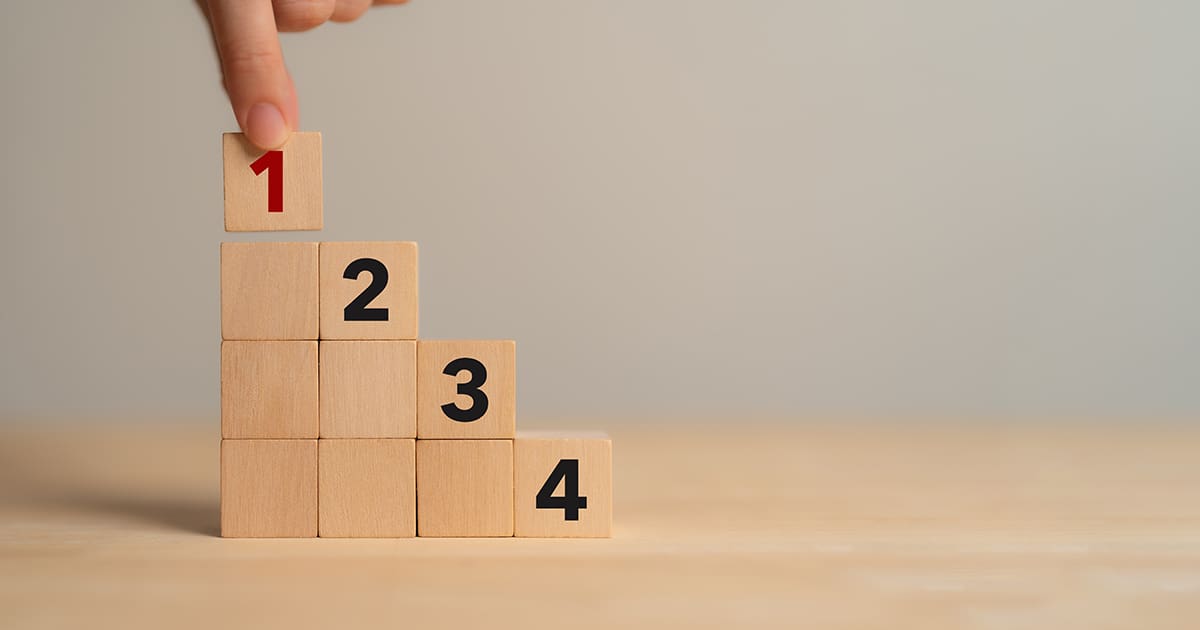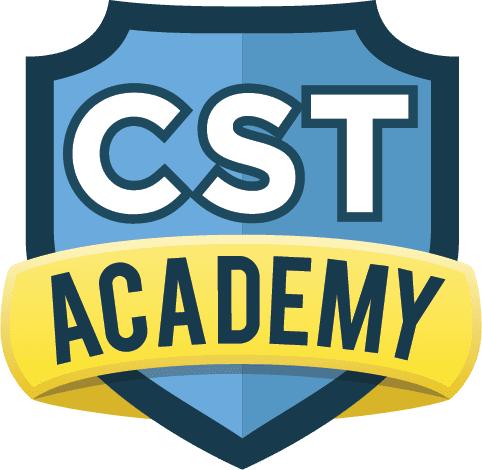Share this Post

Children with autism and other developmental challenges often thrive when they have clear expectations and predictable routines. For many parents, caregivers, and educators, creating that structure can be challenging—especially when dealing with transitions between activities or unexpected changes. That’s where ‘First, Then’ schedules become a powerful and compassionate tool.
This simple, yet highly effective visual strategy helps children understand what’s happening now and what comes next, promoting smoother transitions and reducing anxiety. In this guide, we’ll explore how ‘First, Then’ schedules work, why they’re so beneficial for children with autism, and how you can use them at home or in the classroom to support your child’s development.
What is a ‘First, Then’ Schedule?
A ‘First, Then’ schedule is a visual support that breaks tasks or events into two simple steps: what the child is expected to do first and what will happen after. This approach is often paired with visual aids, such as pictures or icons, to make the instructions more accessible for children who have limited verbal communication or struggle to understand verbal cues.
For example:
- First: Complete a puzzle
- Then: Play outside
Or:
- First: Eat lunch
- Then: Watch a favorite video
The simplicity of this structure helps children stay focused on the immediate task while understanding the reward or next activity, which can motivate them to complete tasks with less resistance.
Why ‘First, Then’ Schedules Are Beneficial for Children with Autism
- Promote Predictability and Reduce Anxiety
Children with autism often experience anxiety when faced with uncertainty or change. A ‘First, Then’ schedule provides a clear roadmap, reducing the stress associated with transitions. When they can see what comes next, they feel more secure and in control. - Encourage Task Completion
By pairing a less preferred activity with a preferred one, ‘First, Then’ schedules help children stay motivated. Knowing that a fun or rewarding activity follows the completion of a task encourages follow-through and persistence.
For example:
- First: Clean up toys
- Then: Play with a favorite sensory bin
- Support Emotional Regulation
Transitions can be overwhelming for children with autism, leading to meltdowns or resistance. ‘First, Then’ schedules provide a calming structure that allows children to anticipate changes and prepare emotionally. - Promote Independence
By providing clear visual instructions, children can understand and follow routines without constant verbal reminders. Over time, this promotes independence and builds confidence. - Enhance Comprehension of Time Concepts
Young children or those with developmental delays often struggle to grasp abstract time concepts, like “later” or “soon.” ‘First, Then’ schedules help them understand sequences in a concrete, visual way.
How ‘First, Then’ Schedules Are Used at CST Academy
At CST Academy, we incorporate ‘First, Then’ schedules into daily routines to help children navigate transitions, complete tasks, and build new skills. Here’s how we use them:
- During Therapy Sessions: A speech or occupational therapist may use a ‘First, Then’ schedule to help a child complete an exercise before moving on to a preferred activity.
- Transitions Between Activities: We use visual schedules to help children move smoothly from playtime to circle time or snack time.
- Behavioral Support: For children working on emotional regulation, the schedule can help them understand that a calming activity will follow a challenging task.
Creating a ‘First, Then’ Schedule at Home
You can easily create ‘First, Then’ schedules at home using simple materials and a bit of creativity. Here’s a step-by-step guide:
What You’ll Need:
- A piece of paper, whiteboard, or digital device
- Visual icons or pictures representing different activities
- Velcro strips (if you’re using a reusable board) or glue
- Markers or labels to write “First” and “Then”
Steps to Create the Schedule:
- Label two sections of the board or paper: “First” and “Then.”
- Choose a visual representation for each activity. For example, use a picture of a plate for mealtime or a toy car for playtime.
- Place the corresponding visual cues under the “First” and “Then” headings.
- Show the schedule to your child and explain: “First, we do [task], then we do [reward].”
Pro Tip: Start with simple tasks and rewards to help your child understand the concept before using the schedule for more complex routines.
Examples of ‘First, Then’ Schedules
- Morning Routine Example:
- First: Brush teeth
- Then: Watch cartoons for 10 minutes
- Homework Time Example:
- First: Finish homework
- Then: Play with Legos
- Mealtime Example:
- First: Eat vegetables
- Then: Have dessert
- Behavioral Support Example:
- First: Calm down in the quiet space
- Then: Return to playtime
Tips for Successful ‘First, Then’ Schedules
- Use Visuals That Your Child Understands
Choose images or symbols that are familiar to your child. If they can’t recognize certain pictures, consider using real photographs of the activities. - Pair Tasks with Meaningful Rewards
Ensure that the “Then” activity is motivating for your child. This doesn’t always have to be a physical reward—it can be a favorite game, activity, or positive interaction. - Keep It Consistent but Flexible
While consistency is key, it’s important to be flexible when needed. If your child is struggling, you can modify the “First” activity to make it more achievable or adjust the reward to better motivate them. - Gradually Increase Complexity
Once your child is comfortable with the basic ‘First, Then’ format, you can expand it to include additional steps or longer routines. For example:
- First: Complete homework
- Then: Have a snack
- Next: Play outside
Success Story: How ‘First, Then’ Schedules Helped Jake Thrive
Jake, a 4-year-old boy with autism, had difficulty transitioning from preferred activities like free play to structured tasks like circle time or therapy exercises. Transitions often led to meltdowns, leaving both Jake and his parents feeling frustrated.
When Jake’s therapist introduced ‘First, Then’ schedules, everything began to change. By using visual cues to show Jake what was coming next—and pairing less preferred tasks with rewards like sensory play—he began transitioning with less resistance. Over time, Jake’s parents noticed that he was able to complete tasks more independently and with fewer emotional outbursts. Today, Jake thrives in group activities, thanks in part to the predictability provided by his ‘First, Then’ schedule.
Frequently Asked Questions
Q: How do I know if my child is ready to use a ‘First, Then’ schedule?
A: Most children with autism or developmental delays can benefit from visual supports, even at an early age. Start with simple tasks and observe how your child responds.
Q: What if my child refuses to do the “First” activity?
A: Ensure that the “Then” activity is motivating enough. You can also break the “First” task into smaller, more manageable steps to help your child feel more successful.
Q: Can I use ‘First, Then’ schedules outside of the home?
A: Absolutely! Many parents use portable versions of the schedule during outings, in the car, or at family gatherings to help maintain structure and predictability.
Final Thoughts: Building Confidence and Independence
‘First, Then’ schedules may seem simple, but they can have a profound impact on a child’s ability to navigate daily routines, manage emotions, and develop independence. By providing structure and clear expectations, these schedules help children feel secure and capable, setting the stage for long-term success.
At CST Academy, we’re committed to helping children and families thrive through tailored support and compassionate care. Contact us today to learn more about how we incorporate visual schedules into our programs—and how we can support your child’s unique journey.
Schedule a tour or consultation and discover how small changes can lead to big progress.
Discover Our Pediatric Therapy & Autism Care
ABA Therapy
Support for children with autism.
Diagnostic Evaluation
Expert assessments to identify child needs.
Pediatric Therapy Services
Speech, Occupational, Feeding, and Physical Therapy.
Therapeutic Preschool & Kindergarten
A classroom environment designed for early learners with unique needs.

Find the Best Care for Your Child




